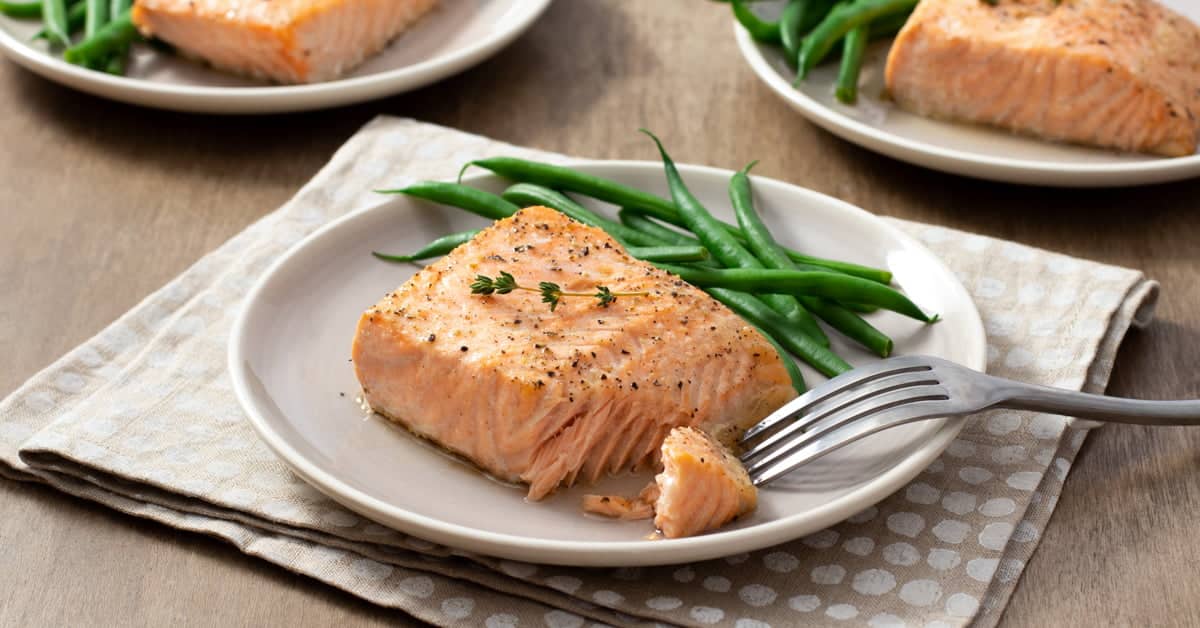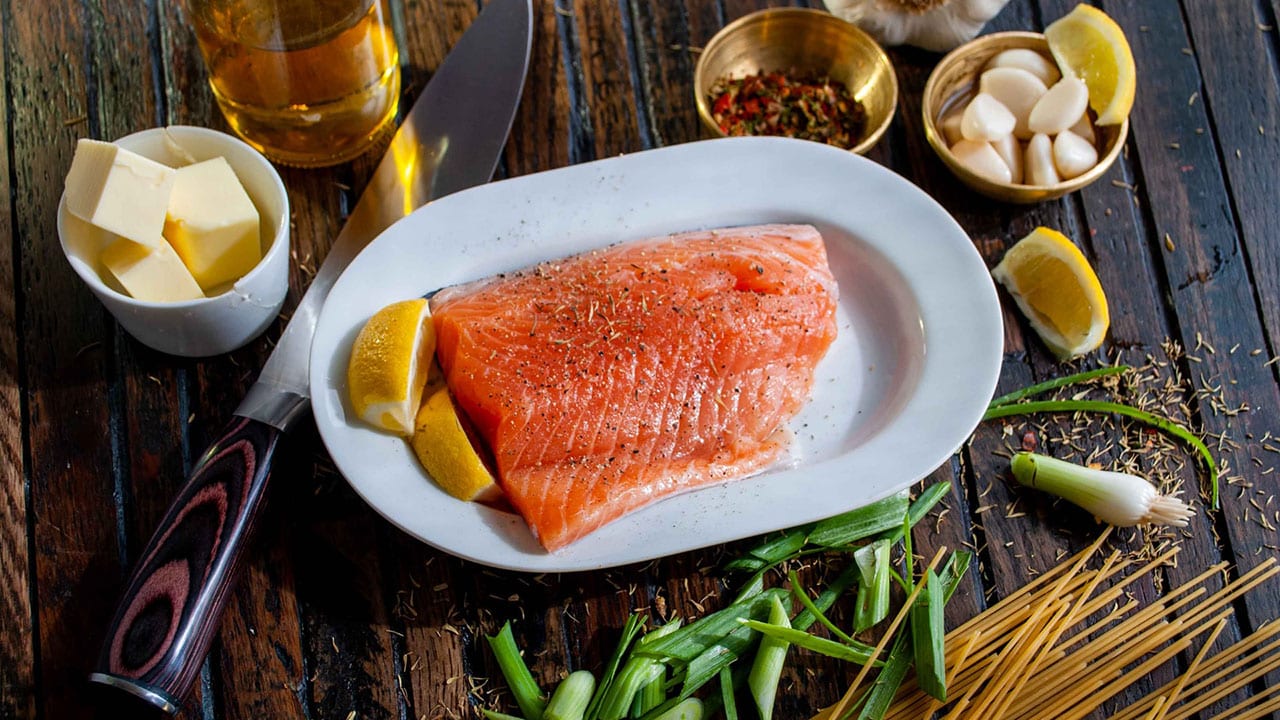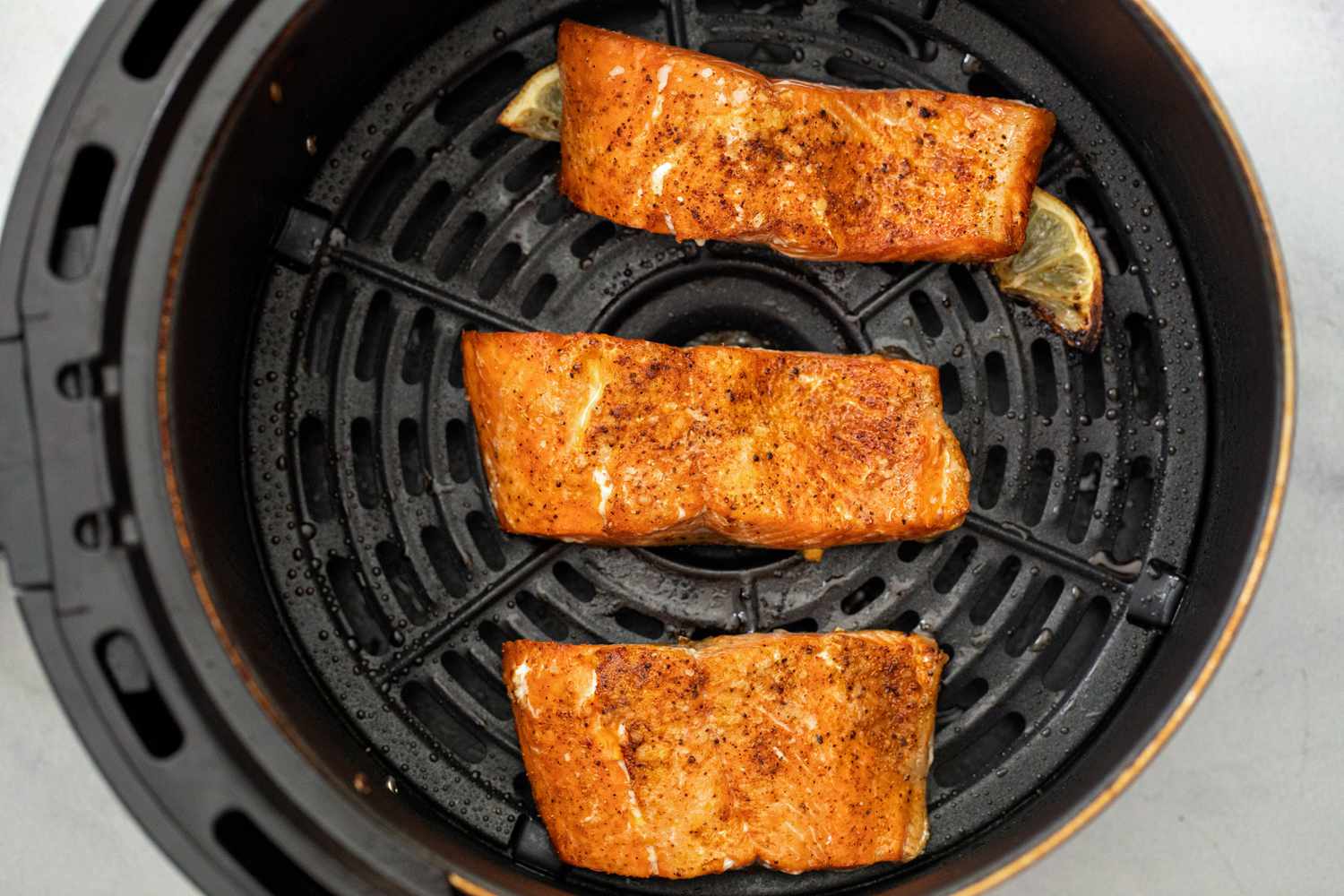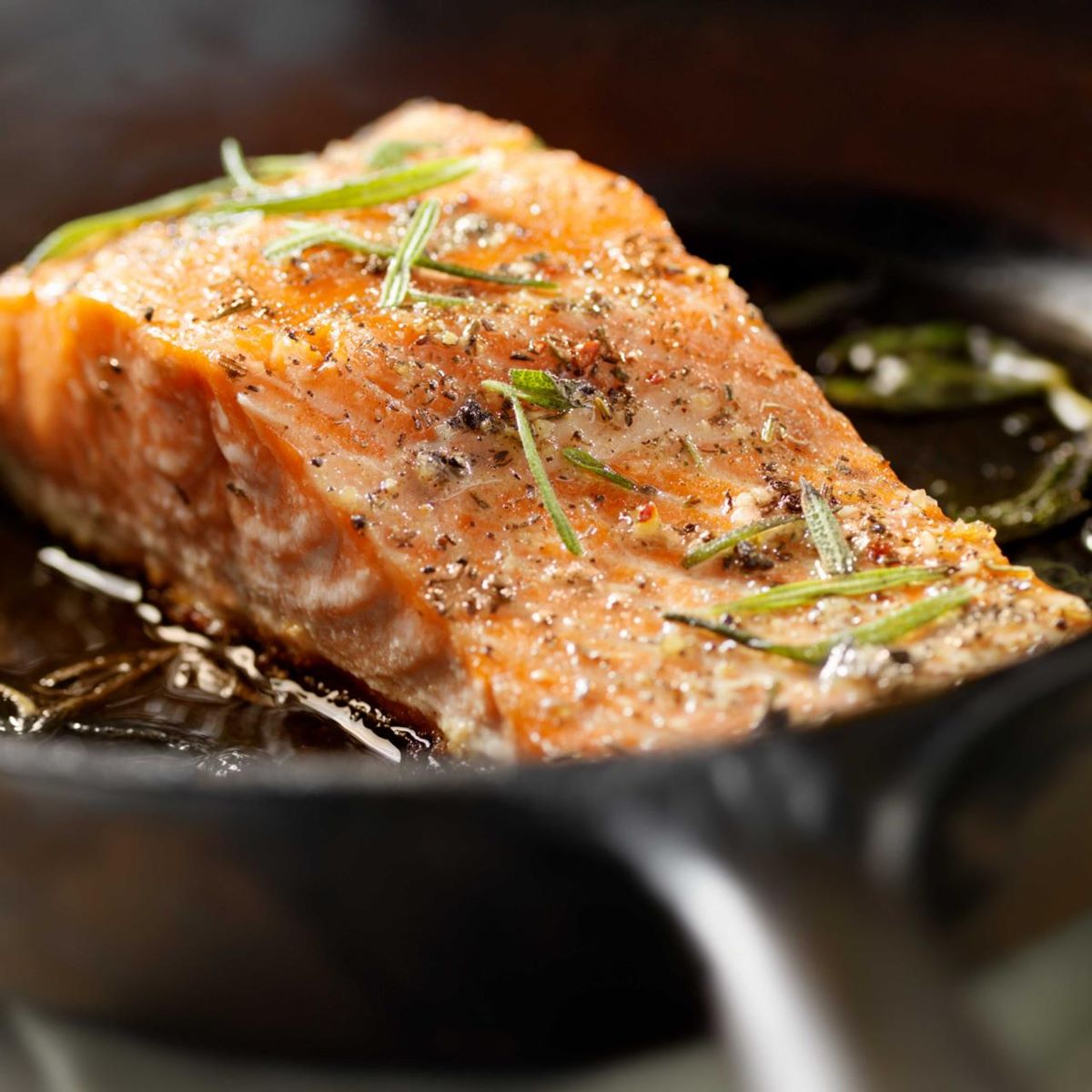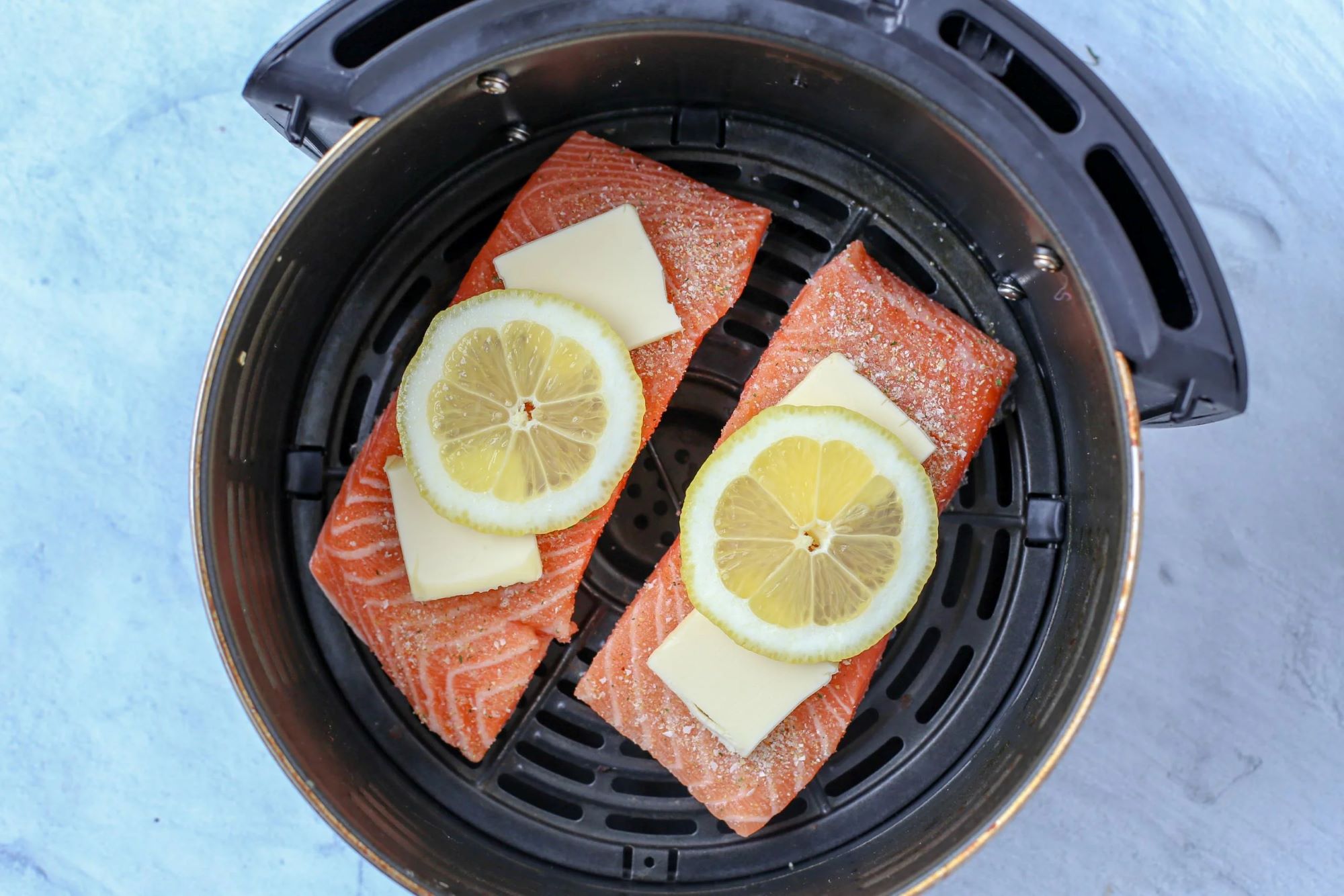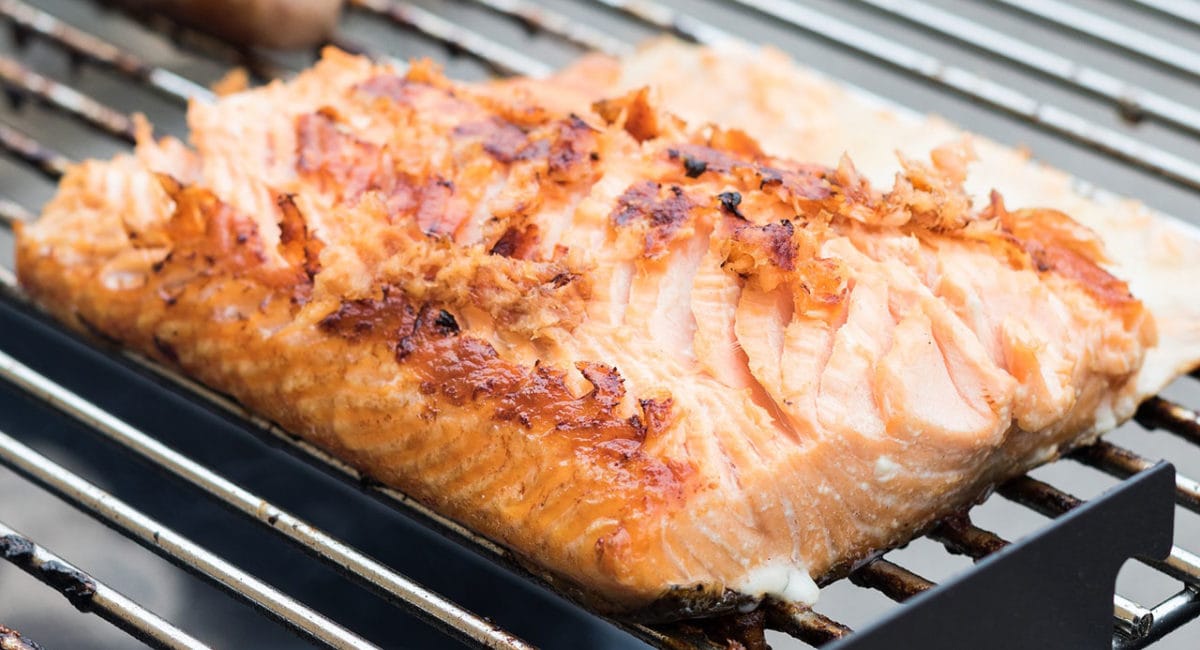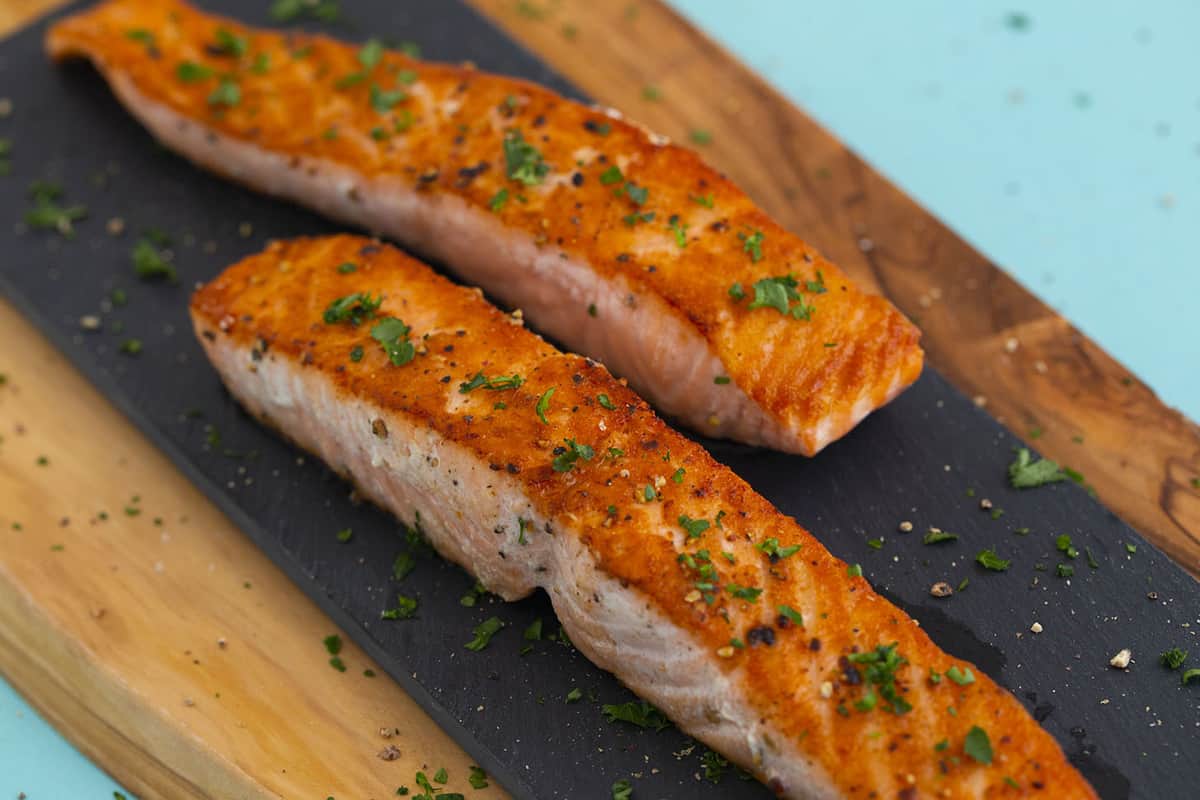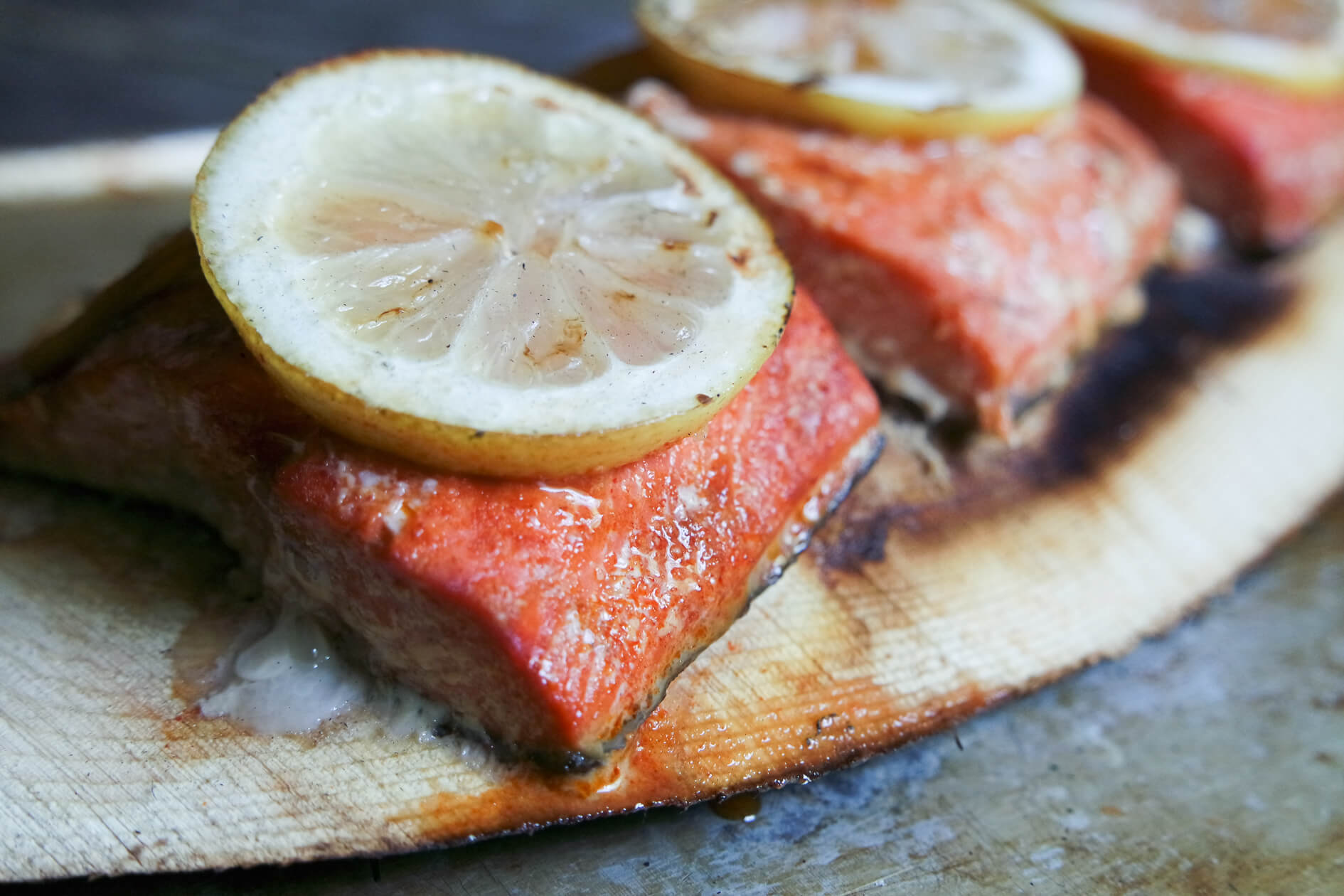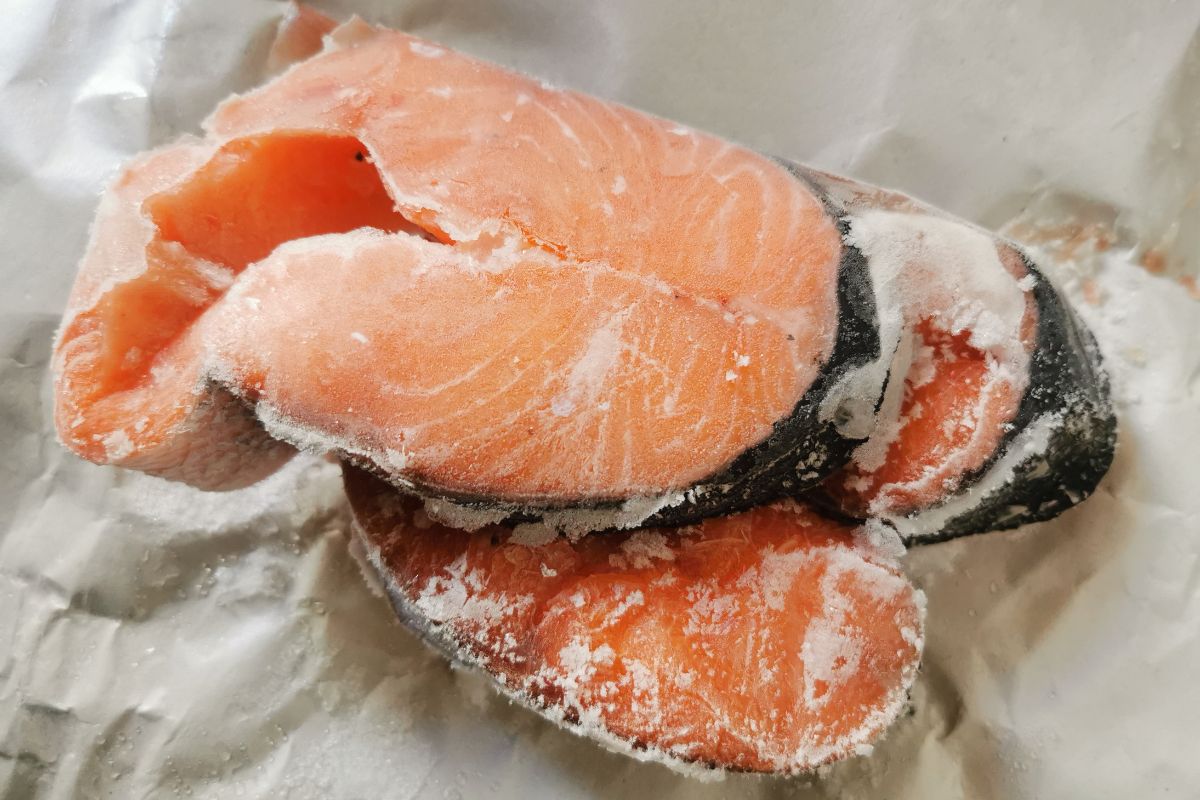Step-by-Step Guide on How to Fillet Frozen Salmon
Filleting a frozen salmon might seem like a daunting task, but with the right technique, it can be done easily and efficiently. Whether you’re a seasoned chef or a cooking novice, follow these simple steps to achieve perfectly filleted salmon every time.
What You’ll Need:
- Frozen salmon
- Sharp knife
- Cutting board
- Paper towels
Step 1: Thaw the Salmon
Before you begin the filleting process, it’s crucial to properly thaw the frozen salmon. Place the salmon in the refrigerator and allow it to thaw overnight. This will ensure that the fish is at the right temperature for filleting and will make the process much easier.
Step 2: Prepare Your Workspace
Lay out a clean cutting board and pat the salmon dry with paper towels. A dry surface will help prevent the fish from slipping during the filleting process.
Step 3: Begin the Filleting Process
Place the salmon on the cutting board with the skin side down. Using a sharp knife, make a small incision just behind the gills and pectoral fin. Run the knife along the backbone, using long, smooth strokes to separate the fillet from the bones. Take your time and follow the natural contours of the fish to ensure clean, even cuts.
Step 4: Remove the Pin Bones
Once the fillet is removed, carefully run your fingers along the center of the fish to locate the pin bones. Use a pair of clean tweezers to gently pull out the pin bones, ensuring that the fillet is free of any small bones that may have been missed during the initial filleting process.
Step 5: Trim and Portion the Fillets
Using a sharp knife, trim any excess fat or uneven edges from the fillet. Then, portion the fillet into individual servings, if desired. This step is optional but can make cooking and serving the salmon more convenient.
Step 6: Store or Prepare for Cooking
If you’re not cooking the salmon immediately, wrap the fillets tightly in plastic wrap and store them in the refrigerator for up to two days. Alternatively, you can freeze the fillets for future use.
Now that you’ve successfully filleted your frozen salmon, you’re ready to incorporate it into your favorite recipes. Whether you’re grilling, baking, or pan-searing, the perfectly filleted salmon will elevate any dish with its fresh, flavorful taste.
With these simple steps, filleting frozen salmon is a breeze. So, the next time you’re faced with a frozen salmon, you’ll have the confidence and know-how to fillet it like a pro!
